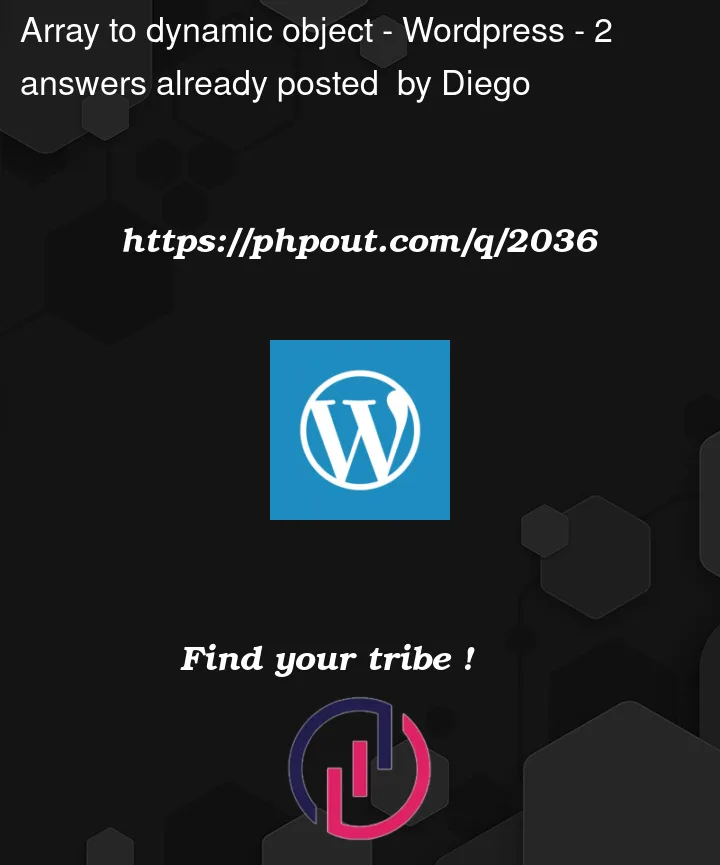I’m trying to make some very rudimental database mapping conversion where I’m fetching data from the database and then trying to convert that array to an instance of an arbitrary class. This should be dynamic so that I can use the same function no matter the output object class/properties.
Let’s say I have CASE1:
$student = [
'name' => 'Jhon',
'surname' => 'Wick',
'age' => 40
];
class Student{
private string $name;
private string $surname;
private int $age;
... getter and setters
}
CASE2:
$car = [
'manufacturer' => 'Toyota',
'model' => 'one of their model',
'commercialName' => 'the name'
];
class Car{
private $manufacturer;
private $model;
private $commercialName;
// Getter and Setter
}
And I want something that transforms the $student array var to a Student instance or the $car to Car. How can I do that?
I know I can do that using something like:
$funcName = 'get' . ucfirst($camelCaseName);
if (method_exists($this, $funcName)) {
$funcValue = $this->$funcName();
}
But I’m searching for something a little more modern like using Reflection.
What is the best approach to this? What could be an efficient solution?
To give further info, this is needed for an extension of the WordPress $wpdb object. If possible I wouldn’t like to use public class properties because I may need to actually call the class setter in some case to change some other class value. Let’s say something like giving birth date should calculate age




2
Answers
I would say drop setters/getters and use
readonlyproperties:As I stated out in the comments already, all that you need is the process of hydration. The boys and girls from Laminas got a good maintained package called
laminas/laminas-hydratorwhich can do the job for you.An easy example:
Your approach is not so wrong. It is at least going in the right direction. In my eyes you should not use private properties. What kind of advantage do you expect from using private properties? They only bring disadvantages. Think of extensions of your model. Protected properties do the same job for just accessing the properties via getters and setters. Protected properties are much more easy to handle.
This is the simplest hydrator you can get. It iterates through the data array, creates setter method names and checks if they are callable. If so the value will be hydrated into the object by calling the setter method. At the end you ‘ll get a hydrated object.
But beware. There are some stumbling blocks with this solution that need to be considered. The keys of your data array must be named exactly like the properties of your data object or entity. You have to use some naming strategies, when you want to use underscore separated keys in your array but your object properties are camel cased, e.g. Another problem could be type hints. What if the example had a birthday and only accepts
DateTimeinstances and your data array only contains the birhtday as string"1979-12-19"? What if your data array contains sub arrays, that should be hydrated in n:m relations?All that is done already in the menetiond laminas package. If you don ‘t need all that fancy stuff, follow your first thought and build your own hydrator. 😉